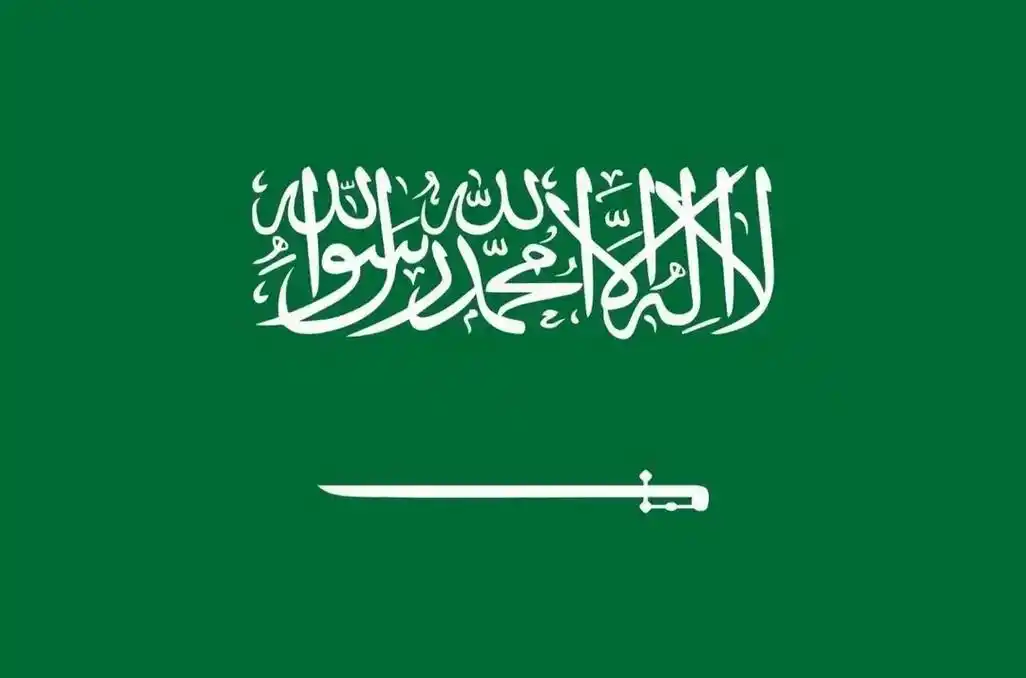Overview of Saudi Arabia
Saudi Arabia, officially known as the Kingdom of Saudi Arabia, is located on the Arabian Peninsula in the Middle East, bordering the Persian Gulf to the east and the Red Sea to the west. It shares borders with Jordan, Iraq, Kuwait, the United Arab Emirates, Oman, Yemen, and is connected to Bahrain through the Fahd King Bridge. Saudi Arabia has a land area of 2.25 million square kilometers and its capital is Riyadh.
Geographical features
Saudi Arabia is mainly composed of deserts and arid regions, especially the famous Rubhali Desert. The climate is extreme, with hot and dry summers and warm and dry winters. The terrain is dominated by plains and mountains, with sparse vegetation.
Population and Ethnicity
The total population of Saudi Arabia is approximately 34 million, with a diverse population structure that includes native Saudis, residents of other Arab and non Arab countries, as well as a large number of foreign laborers. Saudi citizens account for approximately 58.4%.
Political system
Saudi Arabia is a monarchy ruled by the Saudi family, with the king at the core of its political system. The national culture is deeply influenced by Islam and is one of the birthplaces of Islam.
Economic situation
Saudi Arabia's economy mainly relies on oil resources, but is undergoing diversification reforms. Rich in oil and natural gas resources, it is one of the world's largest oil exporting countries. In 2022, the Gross Domestic Product (GDP) was 1108.1 billion US dollars, with a growth rate of 8.7% and a per capita GDP of 34400 US dollars. Saudi Arabia is striving to promote economic diversification, develop non oil industries such as steel and chemicals, and utilize its abundant natural resources to develop renewable energy such as solar energy.
Cultural characteristics
Saudi Arabia's culture is deeply influenced by Islam and has a rich cultural heritage. Famous cultural features include the holy city of Mecca, which attracts millions of Muslims every year for pilgrimage. In addition, Saudi Arabia's traditional music, dance, and handicrafts also showcase its profound cultural heritage.
The economic profile of Saudi Arabia can be described in detail from the following aspects:
Overall economic performance
In 2023, Saudi Arabia's GDP was $1067.583 billion, a year-on-year decrease of 0.75%. Despite poor overall economic performance, the real growth rate of the non oil sector reached 4.0%, and the real growth rate of the private sector reached 4.6%. In the first two quarters of 2024, Saudi Arabia's GDP contracted by 1.7% and 0.3% respectively, but the International Monetary Fund (IMF) predicts a real GDP growth rate of 2.6% for Saudi Arabia in 2024 and 6% in 2025.
industrial structure
Saudi Arabia's economic structure is centered around oil, but is gradually achieving economic diversification. In 2023, the added value of the primary, secondary, and tertiary industries will account for 2.6%, 46.2%, and 51.2% of GDP, respectively. The mining industry has the highest contribution to GDP, reaching 27.3%; Next is government activities, accounting for 18.2%; The contribution of finance, insurance, real estate, and business services is 13.1%. Although the oil industry still holds an important position, the structure of the secondary and tertiary industries is gradually adjusting to reduce dependence on oil.
Financial situation
In the third quarter of 2024, Saudi Arabia's budget deficit reached 30 billion riyals, indicating that fiscal expenditures exceeded revenue for the same period. The total revenue was 309 billion riyals, of which oil revenue accounted for the majority, reaching 191 billion riyals, and non oil revenue also reached 118 billion riyals. Oil revenue accounts for 61.8% of total revenue, while non oil revenue accounts for approximately 38.2%, reflecting the increasing contribution of the non oil industry to national fiscal revenue.
Trade situation
In terms of trade, Saudi Arabia's non oil exports increased by 16.76% year-on-year in the third quarter of 2024, reaching 79.48 billion riyals (approximately 21.17 billion US dollars), with the highest export to the United Arab Emirates at 19.58 billion riyals, followed by India and China5. Although overall commodity exports decreased by 7.3% year-on-year in the third quarter, the growth of non oil exports helped reduce dependence on oil and promoted economic diversification.
Future prospects
The International Monetary Fund predicts that the Saudi economy will grow by 4.6% in 2025, demonstrating an optimistic outlook for future economic growth. The Saudi government is promoting economic growth and creating employment opportunities by implementing large-scale projects, investing in renewable energy, and expanding industries such as manufacturing, logistics, and tourism.
In summary, Saudi Arabia's economic profile demonstrates its efforts and challenges in economic diversification. Although the oil industry still holds an important position, the growth and diversification of non oil sectors are gradually advancing.


